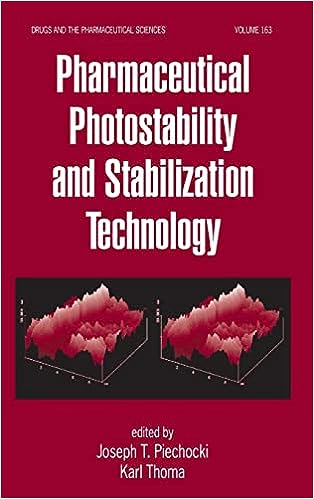Yes, there are guidelines and recommendations for stability testing of herbal and traditional medicines, although they might vary by region and regulatory agency. These guidelines are designed to ensure that herbal and traditional medicines maintain their quality, safety, and efficacy over their intended shelf life. Here’s an explanation of the key points to consider for stability testing of herbal and traditional medicines:
Stability Testing Guidelines for Herbal and Traditional Medicines
Stability testing is vital for ensuring the quality, safety, and efficacy of herbal and traditional medicines, which may differ in composition, formulation, and properties from conventional pharmaceuticals. While specific guidelines can vary by region, regulatory agency, and traditional knowledge, there are general principles to consider when conducting stability testing for herbal and traditional medicines. In this discussion, I’ll outline key points to keep in mind when performing stability testing for these products.
Regulatory Considerations
1. Regional Variations: Different regions
may have specific guidelines or requirements for stability testing of herbal and traditional medicines. Consult the relevant regulatory agency for guidance.2. Traditional Knowledge: Recognize the significance of traditional knowledge and historical use in determining stability requirements for these medicines.
Sample Collection and Preparation
1. Representative Samples: Select samples that accurately represent the final product, considering variations in plant materials and formulations.
2. Authenticity: Verify the authenticity and identity of plant materials used in the medicine, as variations can affect stability.
Stability-Indicating Methods
1. Analytical Techniques: Develop stability-indicating methods capable of detecting degradation products, changes in active constituents, and potential adulterants.
2. Marker Compounds: Consider using marker compounds to monitor the stability of specific active constituents.
Storage Conditions
1. Real-Life Conditions: Choose storage conditions that mimic the traditional usage and storage of the herbal medicine.
2. Accelerated Testing: If applicable, conduct accelerated stability testing to predict the behavior of the medicine under extreme conditions.
Testing Parameters
1. Phytochemical Changes: Monitor changes in phytochemical composition, active constituents, and degradation products over time.
2. Microbial Contamination: Assess the potential growth of microorganisms in herbal and traditional medicines, especially those with water content.
Packaging and Presentation
1. Container Selection: Choose packaging materials that protect the medicine from moisture, light, and contaminants, while preserving its traditional presentation.
2. Traditional Containers: If possible, use containers that reflect the traditional presentation and usage of the medicine.
Documentation and Labelling
1. Traditional Uses: Document traditional uses, preparation methods, and storage practices as part of the stability testing process.
2. Labelling Requirements: Include stability-related information on the product label, such as storage instructions and shelf life.
Conclusion
Stability testing of herbal and traditional medicines requires a delicate balance between modern scientific methods and the preservation of traditional knowledge. By considering regulatory guidelines, using appropriate analytical methods, simulating real-life storage conditions, and respecting traditional practices, manufacturers can ensure that these medicines maintain their quality and efficacy, bridging the gap between tradition and modern pharmaceutical standards.
